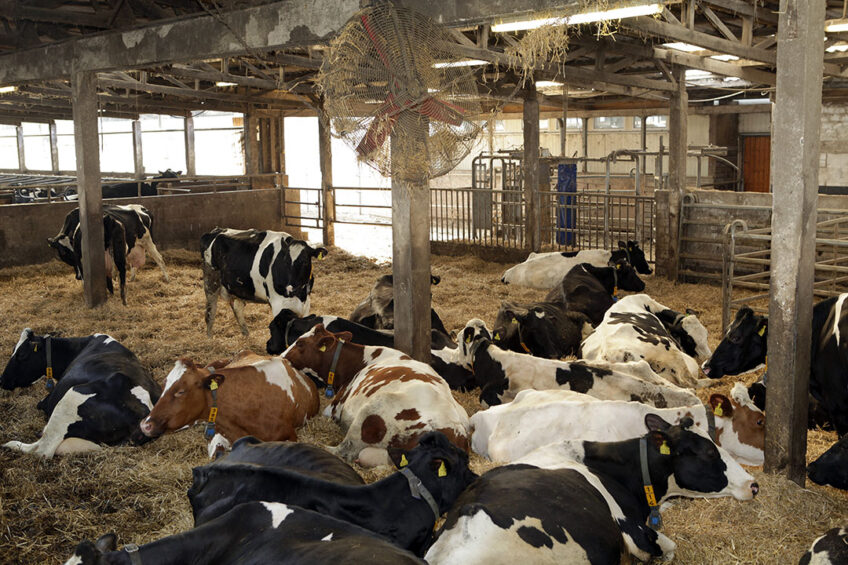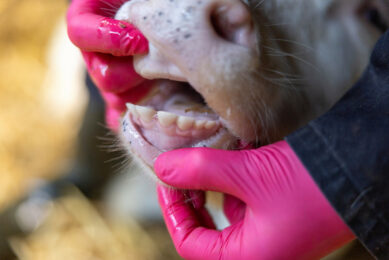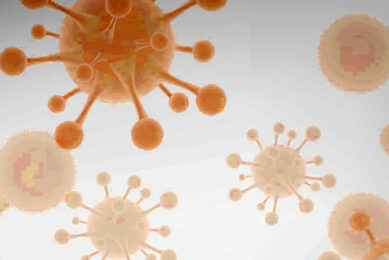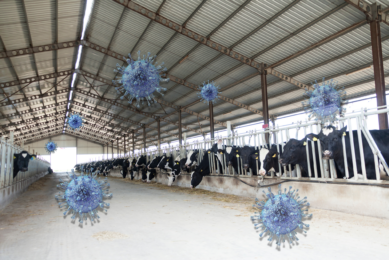Foot and Mouth Disease strikes Indonesia

Indonesia has been struck by the contagious viral Foot and Mouth Disease (FMD). The country has been free from FMD since 1986, making this the first detection of FMD since this status was acquired.
The World Organisation for Animal Health (OIE) data indicates that FMD was first suspected in backyard farms in both beef and dairy cattle in 2 provinces:
- On 12 April in Jawar Timur province with 4 districts affected: Mojokerto, Sidoarjo, Gresik, Lamongan (1,641 animals infected).
- On 22 April in Aceh province (1,855 animals infected).
In both provinces, Foot and Mouth Disease was confirmed by OIE on 6 May. The OIE reported that in the provinces, clinical signs first observed by field officers are decreased appetite, hypersalivation, lameness and fever.
Illegal importation of live animals is suspected as the main source of infection. Samples have been sent to an OIE reference laboratory to determine the strain of the virus for effective vaccine use.
Map of Foot and Mouth Disease in Indonesia
Australia voices concerns
On 9 May, the Australian government stated it offered assistance to Indonesia to combat and contain the outbreak and has put forward financial support to secure a vaccine.
The Australian government stated that the “risk to Australia remains low in the absence of close contact between animals or the importation of infected products,” adding that “every effort to further strengthen national biosecurity and underline the importance of on-farm biosecurity” is being made.
The Australian government further added in its statement that “the Australian Bureau of Agricultural and Resource Economics and Sciences in 2013 determined that a large outbreak of Foot and Mouth Disease in Australia would have a significant financial impact, estimated at the time to be around AUS$50 billion (over US$35 billion) over 10 years.”
Australia is free from Foot and Mouth Disease and currently industry professionals and livestock producers are on high alert.
FMD transmission
Foot and Mouth Disease is caused by an Aphthovirus of the family Picornaviridae, 7 strains (A, O, C, SAT1, SAT2, SAT3, and Asia1) are endemic in different countries worldwide. Each strain requires a specific vaccine to provide immunity to a vaccinated animal, according to OIE. The disease is highly contagious and affects cattle, swine, sheep, goats and other cloven-hoofed ruminants and can have a major impact on animal health and trade. The disease can spread when there is close contact between animals and can be carried on animal products or short distances by the wind (airborne transmission), water sources, saliva, milk, manure and urine of infected animals.
Join 13,000+ subscribers
Subscribe to our newsletter to stay updated about all the need-to-know content in the dairy sector, two times a week.










